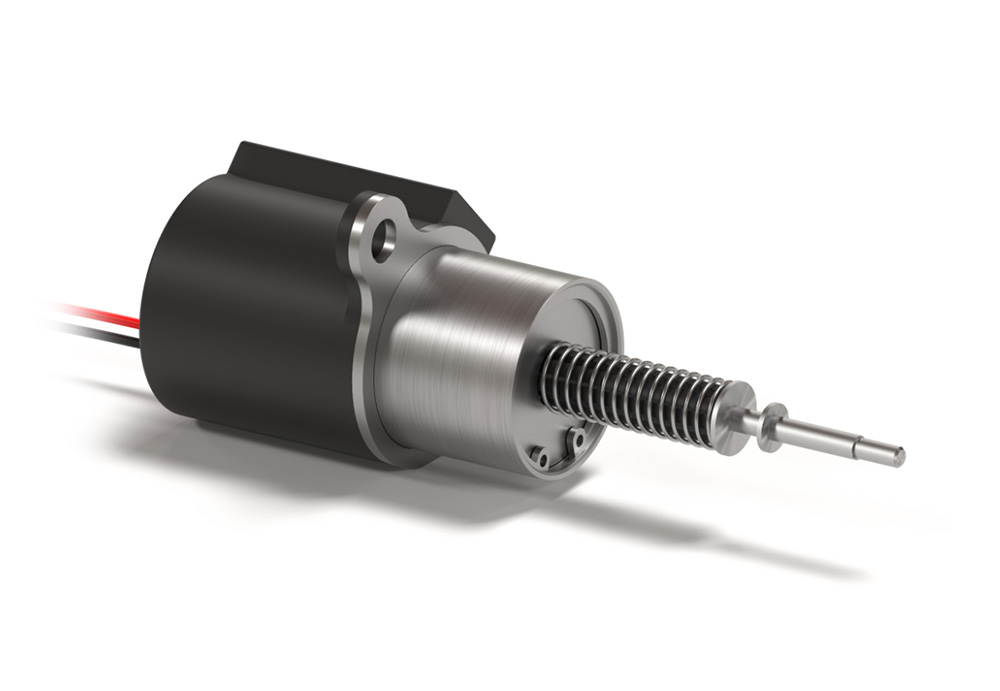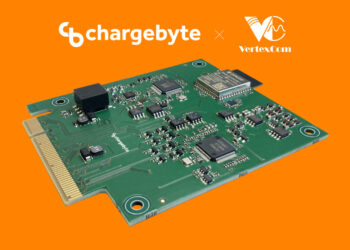
Sponsored by TLX Technologies
One of the most challenging parts of new product realization is identifying optimal technology from the onset of a system concept. With the rapid development of the next generation of mobility technology in the form of vehicle electrification, alternative fuels such as hydrogen fuel cell technology, and the overall drive for higher efficiency, the landscape of product development is constantly changing.
OEMs are often breaking into uncharted territory with each new vehicle platform. While there is a great deal of standardization with internal combustion engine (ICE) vehicle systems, the innovations required to make electric and fuel cell vehicles successful may mean developing critical systems from the ground up. Choosing the right technology for system components is crucial.
Solenoids are ubiquitous in vehicle systems, and EVs, in particular, require solenoids that will make the most of every available joule. Designers have three basic solenoid designs to choose from: on-off, proportional control, and latching solenoids, which can use either residual magnetism or permanent magnets to remain latched.
EVs, in particular, require solenoids that will make the most of every available joule.
On-off solenoids are the simplest. When power is applied, the solenoid will pull in or push out, depending on the design. The inclusion of a spring or other external force will cause the solenoid to return to its original position when power is removed.
A proportional control solenoid works in much the same way except that the plunger will move a distance that is proportional to the current applied to the coil. If 50% of the designed maximum current is applied, the plunger will move 50% of its stroke length.
While these types of solenoids have a place in automotive applications, they both require the constant application of power to hold a position once actuated. This can make them less than ideal for the needs of EVs in applications where the solenoid must hold a position for an extended period.
Latching solenoids have an advantage over these other two designs, making them a great option for EV applications. They use only a short power pulse to change state and do not need constant power to maintain a given position. Latching solenoids come in two major types: the single-fire release latching actuator and the bistable latching solenoid.

The single-fire release latching actuator’s plunger is held in the latched position by a permanent magnet. When a power pulse is applied, the plunger de-latches and stays in that position until it is manually reset.
The bistable latching solenoid will either pull in or release depending on the polarity of the power pulse. A pulse of one polarity will pull the armature in, and a pulse of the opposite polarity will release it.
A latching solenoid needs a smaller coil than a comparable constant power solenoid because it can use a higher power pulse to change state. This not only allows for a smaller package size, but it also reduces energy consumption. The power pulse typically lasts well under 100 milliseconds. This means that if a latching solenoid draws 20 watts of power for 100 milliseconds, and if state is changed 25 times in an hour, this would be equivalent to powering a 6-watt on-off solenoid for 8.3 seconds or a 12-watt on-off solenoid for 4.2 seconds.
The reduced power consumption of a latching solenoid yields an additional benefit. A constant power solenoid can suffer from performance inconsistencies because of resistive heating. The longer power is applied, the more it tends to heat up. Because a latching solenoid will be unpowered during most of its use, it is not prone to self-heating, resulting in lower performance variance than a comparable constant power solenoid.
While resistive heating is not a primary concern, the environment the solenoid will be operating in is. Understanding the temperature of the environment as well as any potential temperature spikes is critical in the early feasibility stage of a solenoid’s design. For example, whether the solenoid will be located near a significant heat source may need to be taken into consideration. Permanent magnets can exhibit performance variations with temperature changes. They can also suffer permanent performance losses from overheating. Various magnet materials suffering that type of damage will perform differently and will also vary in terms of magnetic field consistency over a given temperature range. Understanding these factors is crucial when selecting magnet material.
The benefit of low power consumption does come with one challenge. A bistable latching solenoid will remain in the last commanded position in the event of power loss rather than return to the home position, as with a conventional on-off solenoid. A fail-safe release circuit must be part of the solenoid’s design if the solenoid needs to fail to a safe position in the event of power loss to protect vehicle systems and provide for passenger safety.
The fail-safe is simply an integrated capacitive discharge circuit. The capacitor is charged in parallel to the solenoid. Even though the solenoid only requires a short power pulse to change state, the capacitor continues to receive a constant voltage signal to maintain charge, but it draws nearly zero current. If power is lost to the capacitor, the capacitor discharges and moves the solenoid’s armature to the designated safe position.
There are two points that must be considered when using a fail-safe circuit. First, it adds cost and size to the solenoid that must be weighed against the other functional benefits. Second, discharged capacitors have very low electrical resistance, which means that the system will see a very high in-rush current that is not seen when using a stand-alone solenoid. In one case, an in-rush current of 24 amps was observed for a few milliseconds where 2 amps was the nominal peak current of the solenoid. This means measures do have to be taken for circuit protection and electromagnetic interference isolation where this could be a problem.
As OEMs design new vehicle systems, they need to choose components that maximize energy efficiency, perform consistently, and keep costs manageable. Latching solenoids are an ideal choice for applications where the solenoid must hold a position for an extended period. Because they only use a short power pulse to change state, they draw very little power, do not suffer the negative effects of resistive heating, and their smaller coil reduces the size of the overall package. The addition of a fail-safe circuit will add size and cost to the solenoid, but this functionality can be crucial for protecting vehicle systems and passengers.








